Myth 1: Exotic Critters Are Just Wild Animals
Exotic critters are not as commonly kept as their domestic counterparts (i.e. cats, dogs), but are no less a part of the family. Dogs and cats have been in our homes for thousands of years and in their current iteration do not exist in the wild. While there are cousins of these common pets the household dog does not have much in common with a wolf or dingo. Rabbits are well on their way to being thought of just as cats and dogs are, but they are not there yet.
Reptiles and other herps along with rodents are not considered domesticated. While they are just as much part of our family as our dogs or cats not everyone feels the same. These critters have wild counter parts that are not just closely related but are exactly the same. Some are even wild caught. This had led to many people thinking that any animal that is not domestic is a wild animal. This is simply not true.
There are cases of exotic pets attacking their keepers, but most were mistreated or mishandled. Keeping any critter needs to done with care and love for the animal. We can point to so-called domestic animal attacks as well, but we are not here to shame animals or their keepers, only to say non-domestic (exotic) is not the same thing as wild.

With this in mind we must say that our exotic friends are not as integrated into our daily lives as say our dogs or cats. Dogs and cats usually have mostly free reign of a given home. The common trope is a dog greeting you at the door when you return home. While some exotic pets area treated as a common pet this usually leads to health issues if maintained long term. Most exotic critters have specific environmental needs that are not met in most households.
When kept properly the critters enclosure will prevent the incidental interaction that comes with having a dog or cat as a companion. Even though more effort is required to interact with our alternative friends when they are kept in an enclosure these critters need a “safe” place that they can call their own. Unless it is a social critter like a prairie dog most of these critters seek solitude or at the very least solitude with like critters.
This leads to why many people think exotic critters are simply wild animals: They retain their instincts. IT is common to see lizards “hunt” the food you give them (if it is live) or a rat hoard left over food for later. Aggressive behavior when you place your hand into their enclosure may seem like the critter wants to attack, but this is simply them saying “This is mine”. Since there is usually less interaction and the enclosure looks more natural it is easy for the critter to think they are in the wild. At least that what we think as keepers. Your critter maintaining their instincts helps provide a healthy life. Providing enrichment such as live food or specially designed terrain our games allowed them to hone their instincts and remain true to the critter they are.
Taking the time out of your day to interact with your critter will not domesticate them or, in the case of herps, cause them to love you more, but it will create a bond and a trust that significantly reduces the chances of you getting attacked. Creating a trust with your critter reduces stress on them and you, allowing them to be more relaxed and live longer. Not every critter will want or need daily interaction on the same level. Checking on them daily is not an option, but handling them daily or even feeding daily is not required by every critter and should be addressed on a case by case basis.
Most exotic critters we keep require a specialized environment. Some will be very close to the temperature and humidity in your home. That doesn’t mean they should just roam around freely. They still need a safe place to rest and to live. Allowing them to walk around during times of the day is a type of enrichment as long as the environment is not stressful on them. Environmental parameters are what the critter needs to live not simply suggestions that make life ideal. Even if they are showing no signs of distress they could be stressed and very unhappy. Most prey animals do not show injury or distress until it is too late.
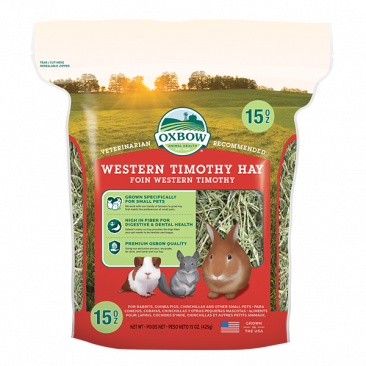
Myth 2: Herbivores Do Not NEED Hay
Hay is an important part of any herbivore’s diet. Even on care sheets hay is presented as an optional diet enrichment. This is simply not true. Hay aids in digestion and keeps their digestive system healthy. Many people know livestock need hay as part of their diet, but so do herbivore rodents like chinchillas and prairie dogs.
Hay stimulates ruminate in some critters, promoting grazing. For most grazing critters like rabbits or prairie dogs the hay is more important than any other part of their diet. In fact a “forger” diet will maintain a critters health better than a diet filled with pellets packed with vitamins and minerals. This is how they live in the wild. While grazing and munching hay the critters are also maintaining their teeth, something that pellets (that fill them) doesn’t allow for.
Providing hay also allows for enrichment through puzzle boxes or hanging bails of hay that critters have to get creative to solve. Hay also helps to prevent metabolic disease.
Myth 3: Desert Critters Only Like It Hot and Dry (or Bonus Myth: They Don’t Need Water)
The deserts of the world vary greatly in temperature and water content. Desert does not mean HOT and DRY. Although most of us would not be comfortable in these critter’s environments for long, not every desert critter needs 100+ degrees and no water. There are some exceptions such as some uromastyx species, but for the large majority of critters water is still important. It is important to note that even the critters that do not need to have access to water (in a bowl or dish of some sort) do need to have water rich foods such as lettuces. All critters need water. Some get it from the foods they consume.
Most desert critters live in a hot, but not extreme temperature range between 75-90 degrees F. As with most things there are exceptions. The solid moisture, while low, is still important to maintain. Keep the soil dry at the surface and more damp on the bottom will help regulate the humidity and allow for a bio-active setup. There are some critters that require a moist substrate. As we always say check for your critter’s specific needs before setting up any enclosure.
Myth 4: Tropical Critters Need a Wet Environment
Before we say tropical is NOT a wet environment let us first say wet does not mean swampy or dripping. A tropical enclosure should be “wet”, but having and maintaining a high humidity and having a soggy enclosure are not the same thing. A well drained substrate makes for a much healthier environment. It is true that tropical critters need a high humidity and some need the foliage to remain moist (or at least have water droplets on the leaves) for drinking and maintaining their own moisture. That does not mean constant water or soggy substrate.
With few exceptions every critter, tropical critters included, do not need swampy substrate or constant “rain fall”.
Having a good quality misting system will help maintain the humidity. Misting systems provide the moisture needed without filling the enclosure with nearly useless fog. Check out the bonus myth for details on floggers vs misters. There are many critters that require access to an open water source. This water source can help with humidity maintenance, but once again the substrate does not need to be swampy or soggy. Well drained and maintained substrate allows for bio-activity and healthy critters.
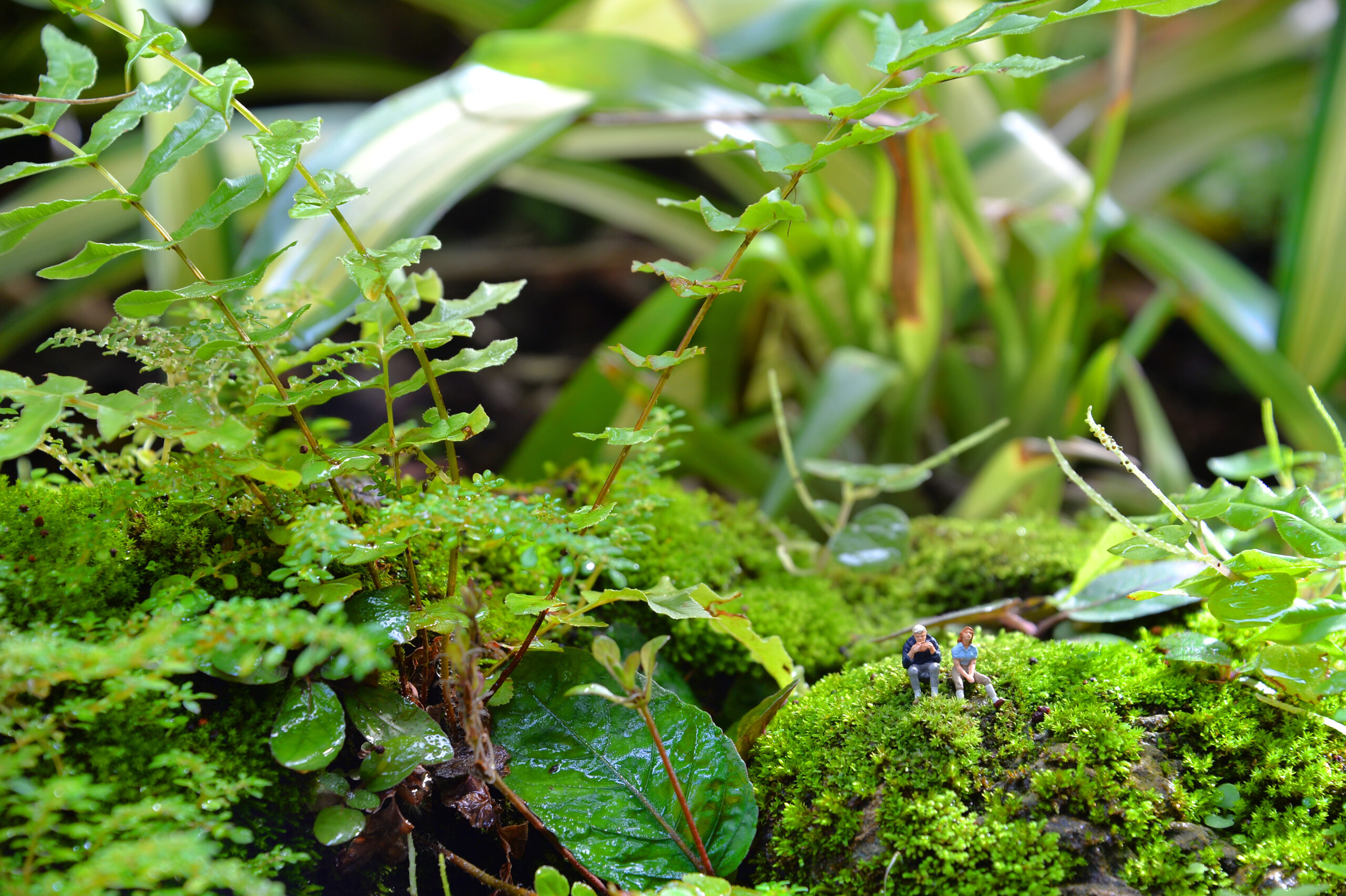
Myth 5: Arboreal Critters Can Live in Any Environment
Arboreal critters live a broader range of conditions, however each critter has specific needs that need to be addressed. Not all arboreal critters can live in ALL environments. It is true that most are comfortable int he same temperature and humidity levels as you, the critter keeper, are comfortable in, but that does not mean they can just live in your home as a dog or cat would. The arboreal critters still need a “home”, an enclosure where they feel safe from outside stimuli.
Always check your critter’s specific needs before setting up their home. Some critters need specific setups or environmental accessories to live comfortable and happy. Hiding places, the ability to build their own tunnels, climbing areas these are just a few things that contribute to making an arboreal critter feel happy and stay healthy. It is important to consider temperature and humidity for all critters but as with other critters theses are not the only factors to consider when setting up an enclosure.
Each arboreal enclosure is unique to fit the critter or critters that live there. Consider your critter’s needs before making any purchases or setting up their home. If you have questions reach out to us. We are here to help.
Bonus Myth: Foggers Are the Same As Misters
Unfortunately for the critters we keep the big names in critter accessories have discovered sonic foggers. While these foggers do not add to the temperature and they sure do look like they are doing something the something they are doing is not always a good thing.
In the early days of our critter keeping we here at Frog Beans fell victim to the fogger myth of “It does what they say it does”. Meaning a fogger helps maintain humidity. When in fact what they do is produce water droplets that are too small to be useful to most critters. Unless you are using the fogger to produce a fog for environmental effect they are only hurting your enclosure.
Foggers (at least the sonic foggers or so called “cold” foggers) work by a diaphragm vibrating very quickly turning the water into a very fine mist or fog. This fog quickly fills the enclosure and will raise the humidity just as quickly. This is a false reading because the fog is directly on the sensor. The sensor reads the moisture content of the air which is filled with micro water droplets. If the sensor is controlling the fogger it will turn off an the humidity will drop just as fast. These swings in humidity are more damaging to a critter than the humidity being too low. Anyone that has used a fogger knows the difficulty in dialing it in. All of that extra moisture has to go somewhere and unfortunately it is down. Over saturating the soil and causing mold growth and sickness.
Using a high quality misting system can not only alleviate the need for constant water input, but can also maintain a true humidity level. Misters put larger droplets into the air. These droplets remain on the plants and other surfaces of the enclosure more closely mimicking the critter’s natural environment. This also allows the water droplets to evaporate more easily keeping the humidity up and the water out of the substrate. This means less water is needed to maintain the humidity.
As with anything a mister, or a fogger for that matter, can be misused and result in sickness or even death of your critter. Maintaining a healthy environment should always be your first priority. If fogger works for you then use a fogger, but if you struggle like most do use a misting system. It is easier to use, uses less water, and keeps you humidity at a more consistent level. All this adds up to a healthier enclosure and therefore a healthier crittter.

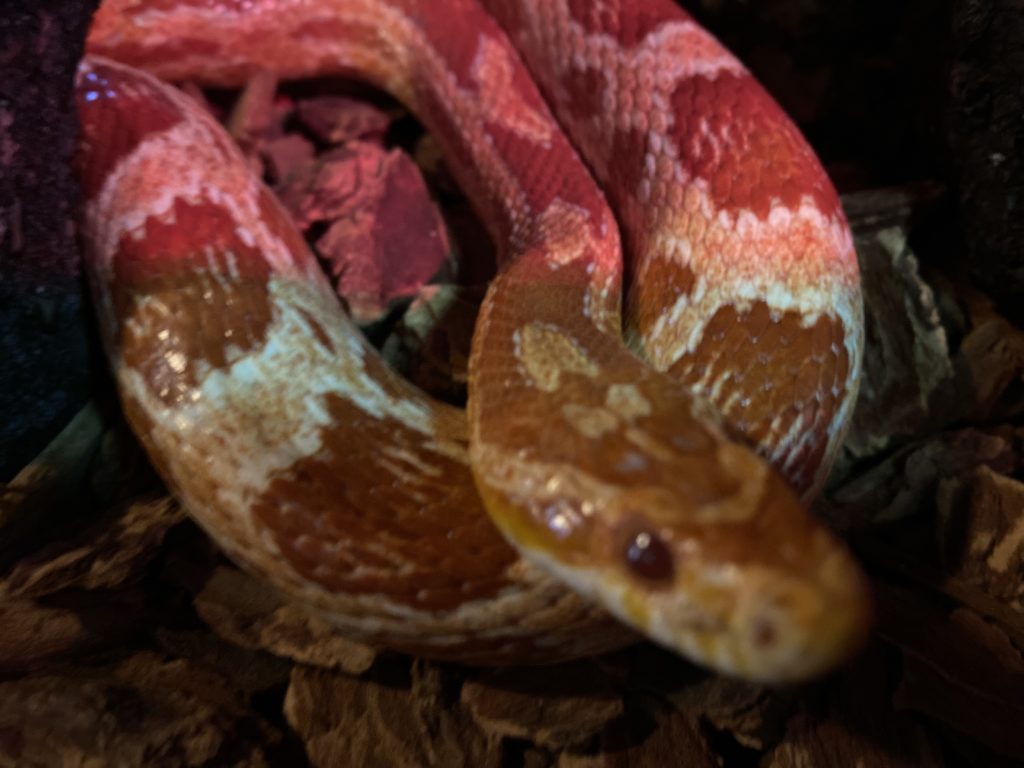

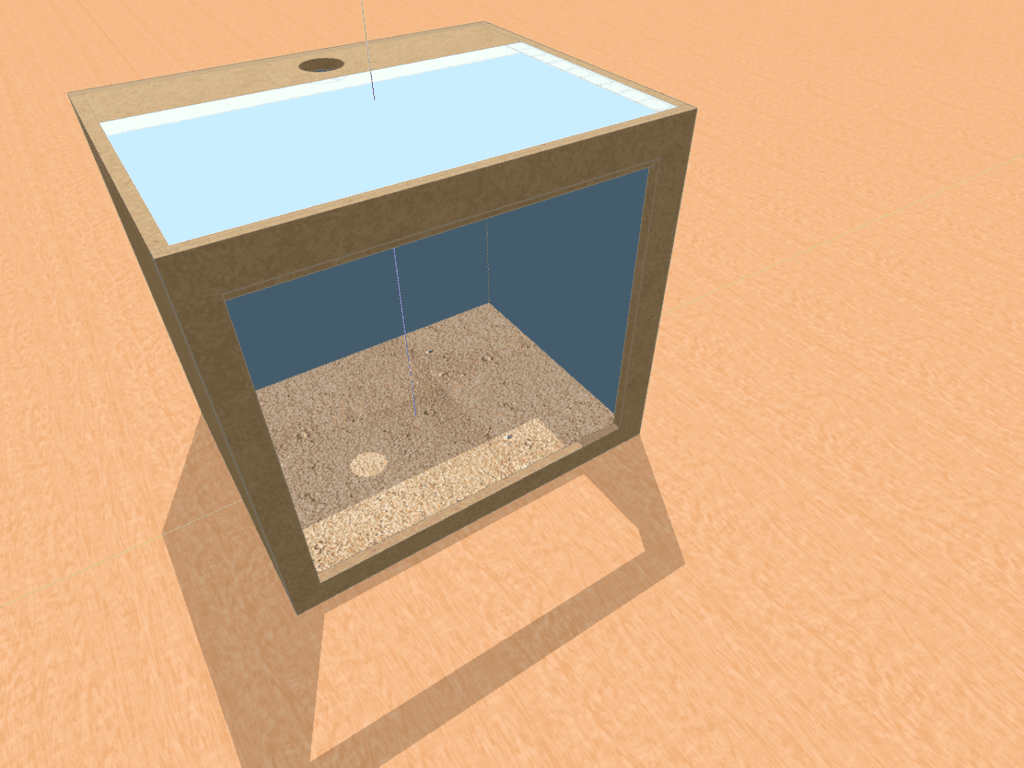
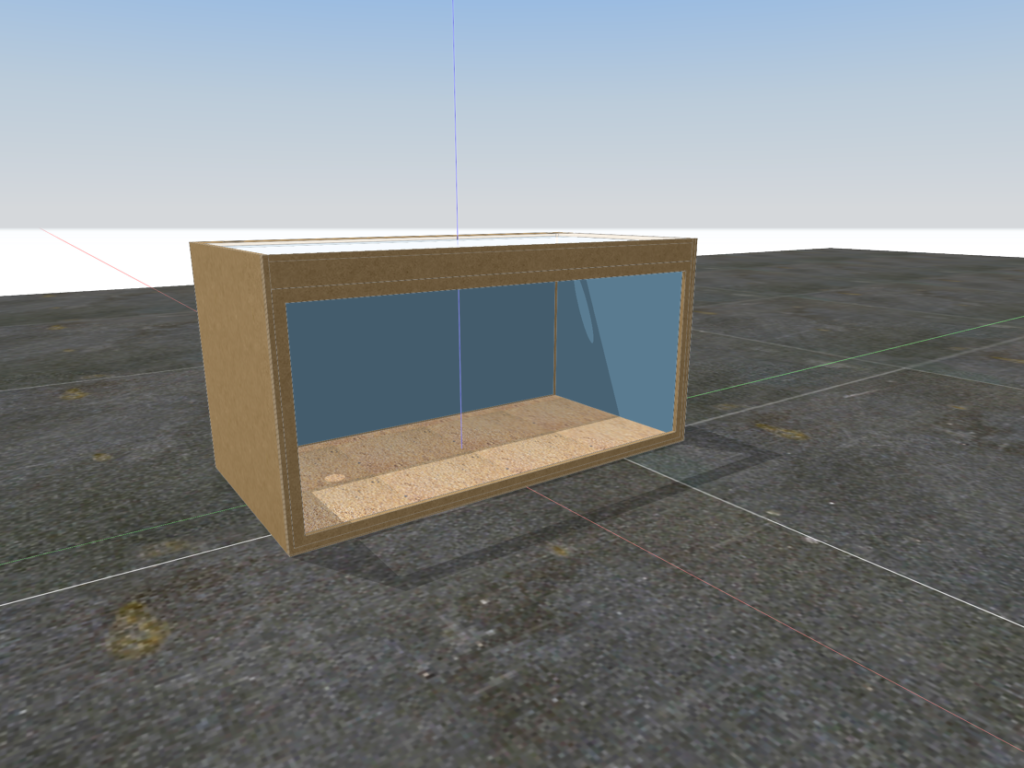
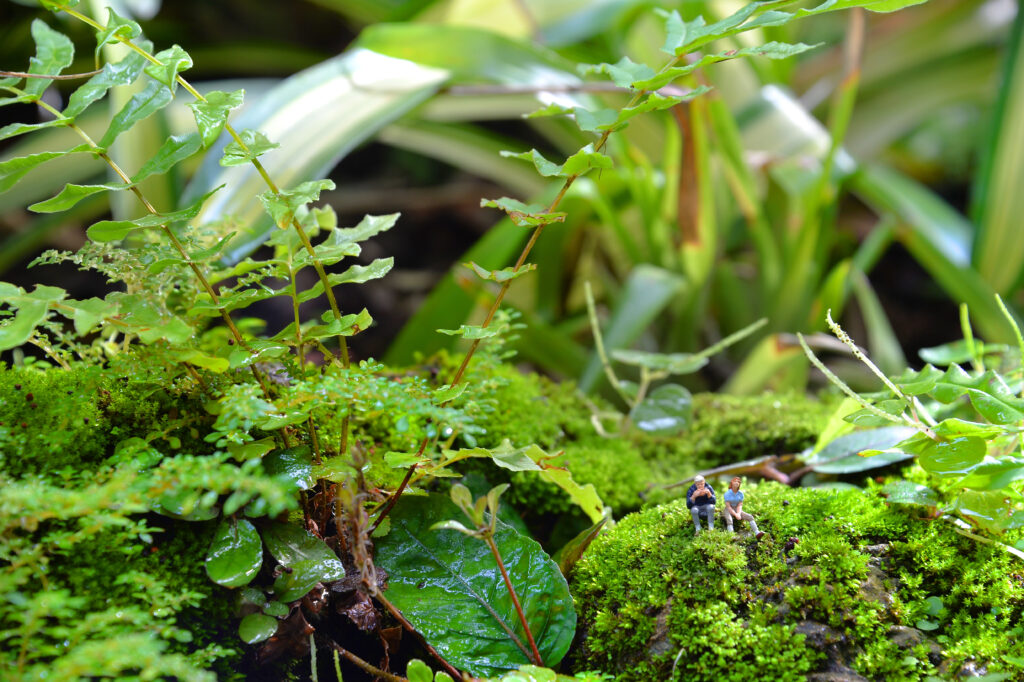
0 Comments